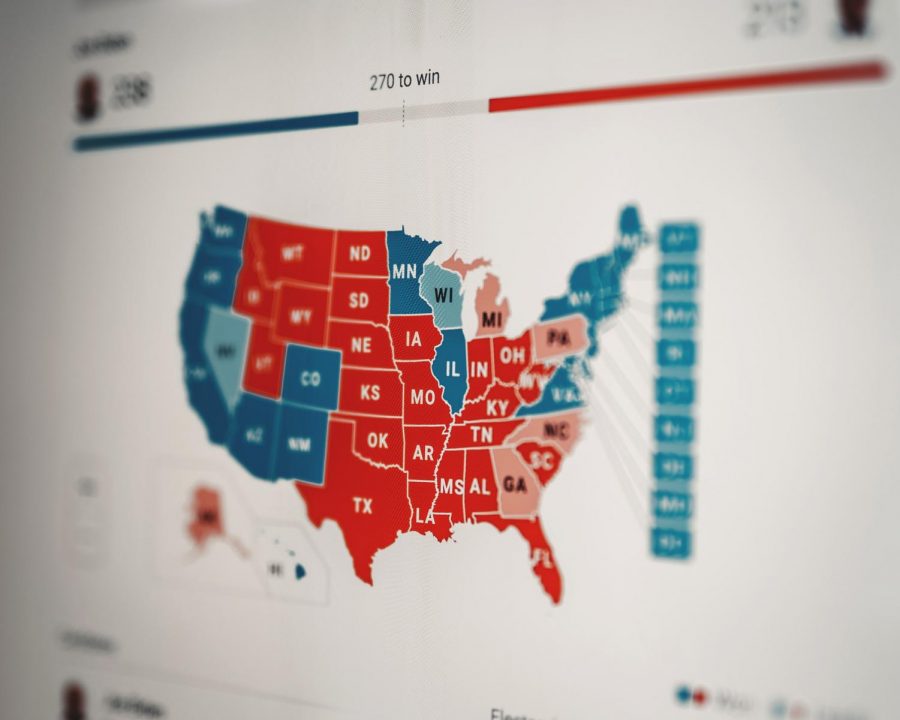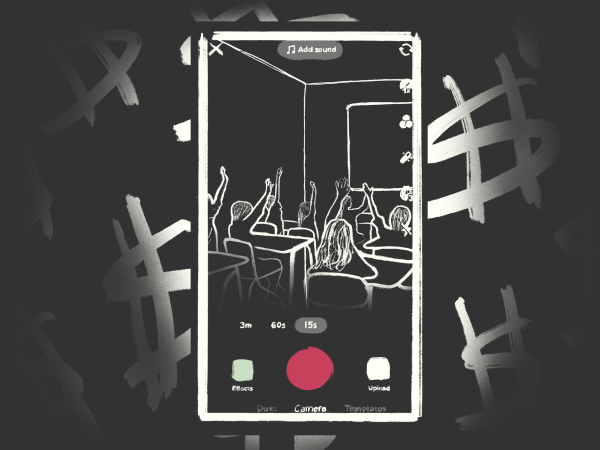OPINION: The polls have betrayed us once again
Many Americans woke up on Wednesday with a sense of dissatisfaction that was eerily similar to the morning of November 9, 2016. The result of the presidential election is still unknown, but President Trump seemed to have an increased chance of winning by gaining the states that he absolutely needed red. While the night started out showing Joe Biden leading in many key states, that gap closed in Trump’s favor as the Election Day votes were tabulated. The air of disappointment was palpable, even in states such as Ohio, Texas, and Florida. Those states historically go Republican, but Biden had an edge at the beginning of the night leading Democrats to question if there was really going to be a “blue wave.” Despite Biden’s multiple point advantages in both state and national polls, the actual numbers were much closer than anticipated.
The polls do not consistently reflect the thoughts of the average American. Getting a representative sample of the American public is an extremely daunting task, and it often does not fully align with demographic breakdowns. Additionally, polls reflect how the public is reacting to an event on a certain day. For example, Trump’s polling numbers were extremely low over the summer as the U.S. fought to control the COVID-19 pandemic. Many were dissatisfied with his response, but he regained an edge by publicly touting “Operation Warp Speed.” Those who tend to respond well to polls are usually optimistic in their candidate of choice, which can be misleading for the rest of the public.
We also cannot rule out the margin of error (MOE). This is one of the most overlooked aspects when it comes to polling. If Biden held a lead of 51% to Trump’s 48% in Florida with the margin of error at 3.5 points, Biden’s “lead” ultimately means nothing. It gives us a false sense of security, and we tend to underestimate the MOE more often than not. Unfortunately, there was too much comfort in terms of the polling in states like North Carolina. There was an air of caution from 2016, yet people still tried to find comfort in Biden’s 4-5 point advantages in crucial battleground states.
The phenomenon of “hidden Trump voters” still very much exists. Although we have seen many proud Trump supporters out and about during the last couple of years, some supporters of his are not as expressive. They may fear losing their job, being cut off from family, or being socially annihilated due to their “silent” support of the president. Everyone’s reasons for supporting a candidate are vastly different, so going in that direction would surely send me down a rabbit hole of possible explanations. Trump has faced much backlash in terms of his handling of the COVID-19 pandemic, the Black Lives Matter (BLM) movement, and immigration rights to name a few, so some people tend to shy away from openly supporting the president.
We sometimes tend to fall into the trap of the “false consensus effect” which is when we overestimate how much others agree with our opinions. That is key when it comes to the topic of “hidden Trump supporters,” as they may agree with what the president is doing internally but disagree in more common social situations. There is a fear of “cancel culture,” a term that has emerged in recent years to describe withdrawing support from someone who may act or say something offensive. This is another reason why many of the polls may skew in Biden’s favor prior to the actual vote count.
When it does come to vote count, we expected there not to be a final result on election night. We also expected that the election would be closer than the polls were telling us. The mail-in and absentee ballots in some states were counted first, which is why Biden was leading. In contrast, other states such as Wisconsin, Michigan, and Pennsylvania are counting mail-in and absentee ballots after Election Day voting, which is why Trump was initially leading. Ballots always take longer than just Election Day to count, so patience is key.













